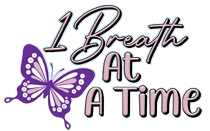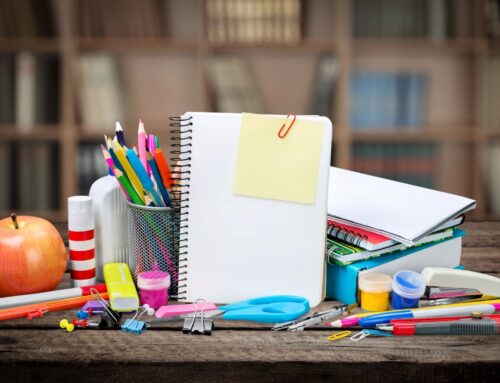The practice of mindfulness is a great way to ease stress, soothe anxiety, and be more present and engaged in life.
Incorporating mindfulness activities into your daily routine can be incredibly simple, no matter what your age.
Almost everything you do can become an opportunity for mindfulness, whether you’re an adult, a teen, or a child.
The everyday mindfulness activities below offer plenty of opportunities to slow down, get present, and be more aware of yourself and your surroundings.
- Walking meditation: a form of meditation you practice while walking, often in a straight line or circle.
- You can do it almost anywhere, whether you’re walking to work, taking a stroll around the neighborhood, or hanging out with your kids at the park.
- Mindful driving: Engage with the process by focusing on the weight of the vehicle underneath you, the texture of the road you’re driving on, the sound of the tires against the gravel, and things you see out of the windows.
- Single-tasking: the opposite of multitasking. All it requires is showing up fully to whatever task you’re working on.
- Mindful eating: is a way to turn something you do every day into a mindfulness practice. You can make mealtimes more mindful with a few basic mindful eating practices, like listening to the sizzle of your pan and chewing slowly to savor every bite.
- Mindful gardening: is a great way to practice mindfulness and connect with nature at the same time. Set yourself up with a simple task, like planting some seeds or watering some flowers.
- Mindful movement: Movement is a great way for kids and teens to get in their bodies and let loose, discharging pent-up energy and allowing for self-expression. It’s another way to incorporate mindfulness that uses music, which means it may hold particular appeal to teens.
- Mindful Music: To practice, simply just play your favorite music in an open space where you or the kids won’t be interrupted. Ideally, the music will be something they haven’t heard too many times before. Headphones work, too. Then listen carefully to everything you hear, feel, and notice your breathing pattern.


